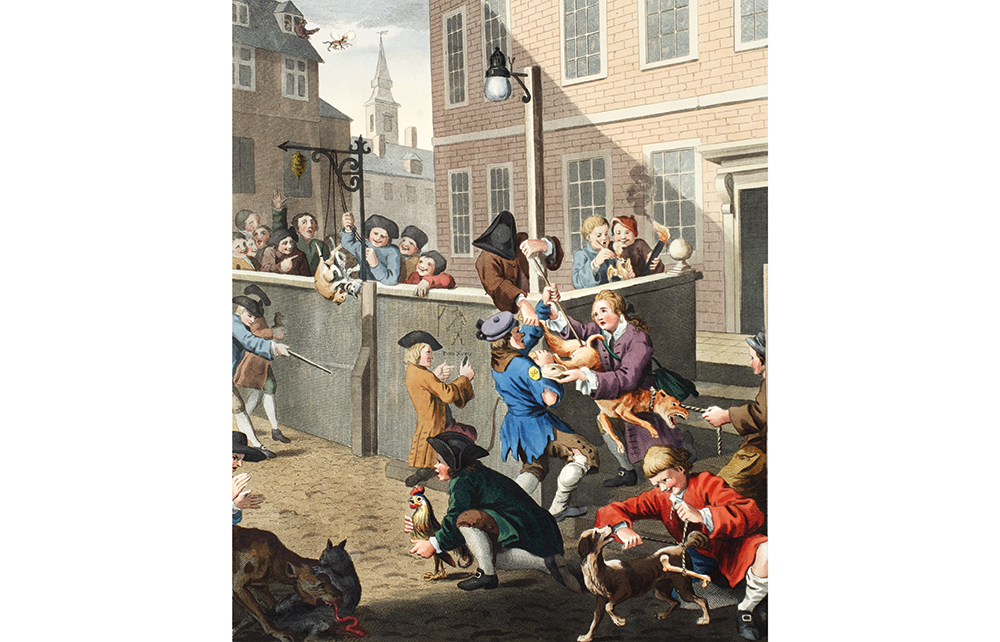To come across dates and names carved into a choirstall or ancient tree is to experience a momentary frisson, a startled connection with the past. Yet this practice of making ‘unauthorised’ personal graphic statements in public spaces is often thought of as antisocial, something to be erased immediately. Unless of course they are by Banksy, whose spray-painted outpourings cost local councils a great deal to clean off before they came to be regarded as valid documents, articulating the thoughts and imaginings of the disaffected.
In her ingenious new book Writing on the Wall, the art historian Madeleine Pelling has chosen to use these often transitory pieces of historical evidence as a way of illustrating the huge cultural changes that took place in the 18th century. In this ‘library of irresistible and ephemeral objects’, she argues, we can find perhaps a more accurate understanding of that extraordinary century of change. The ‘so-called Enlightenment’ was forged by ‘the inky fingers of seditious printers, loquacious orators and… provocative graffitists’.
But graffiti is a slippery thing. So much is lost and wiped away almost as soon as it is created. What is left does not necessarily provide us with an accurate picture of what has gone before. Pelling has also set herself the problem of creating a coherent narrative out of random records with no real link between them other than the human desire to make something that will both outlive us and connect us to the future.
She begins with the Gordon Riots of June 1780 when, nine years before the French stormed the Paris Bastille, thousands of enraged Londoners overran Newgate Prison, freeing those inside and setting much of it alight. For days the city was on fire, terrified observers trapped in their homes while the rioters marauded through the streets, daubing ‘No Popery’ on the doors of buildings they suspected were occupied by Catholics.







Comments
Join the debate for just £1 a month
Be part of the conversation with other Spectator readers by getting your first three months for £3.
UNLOCK ACCESS Just £1 a monthAlready a subscriber? Log in